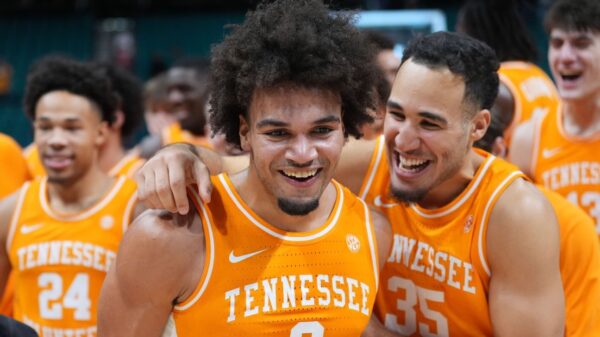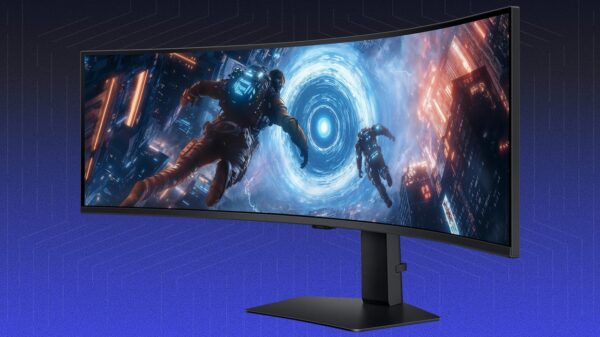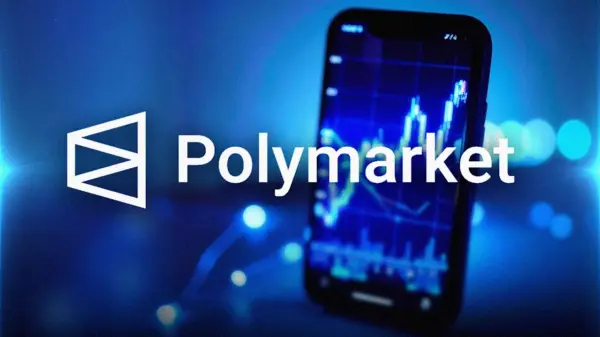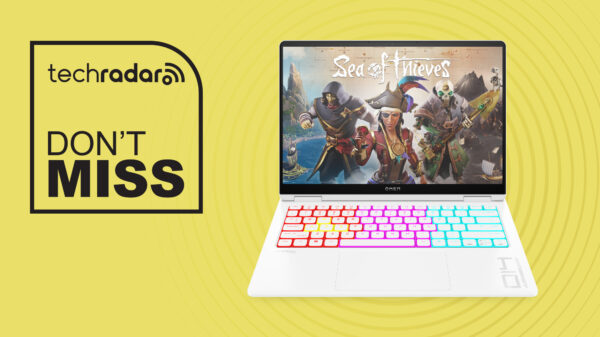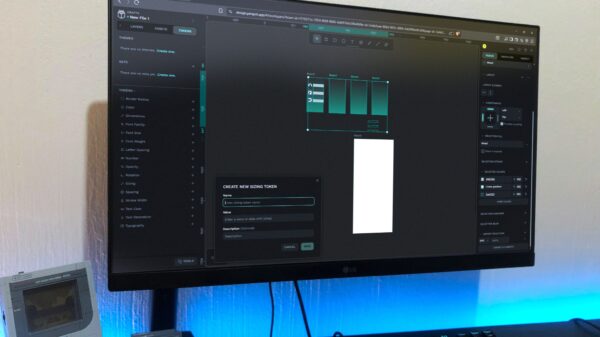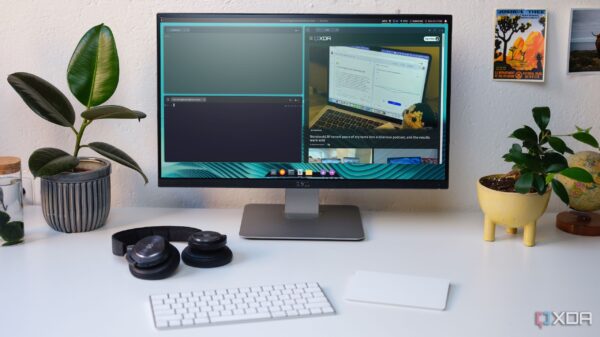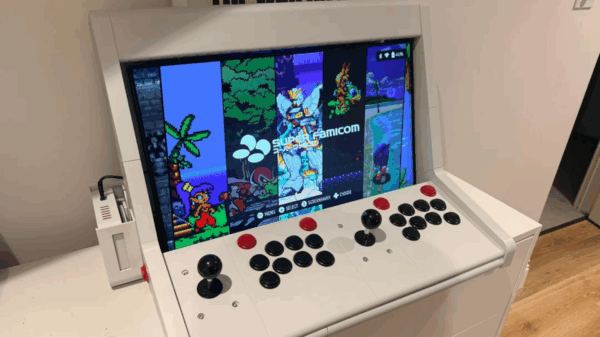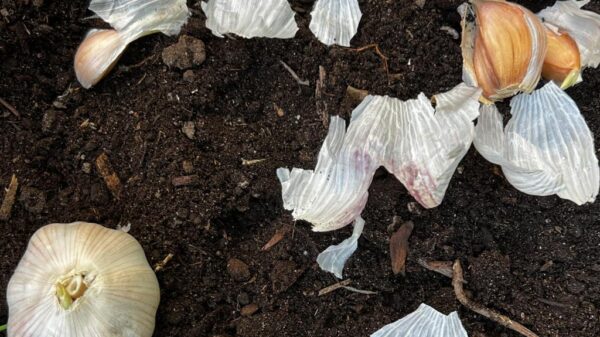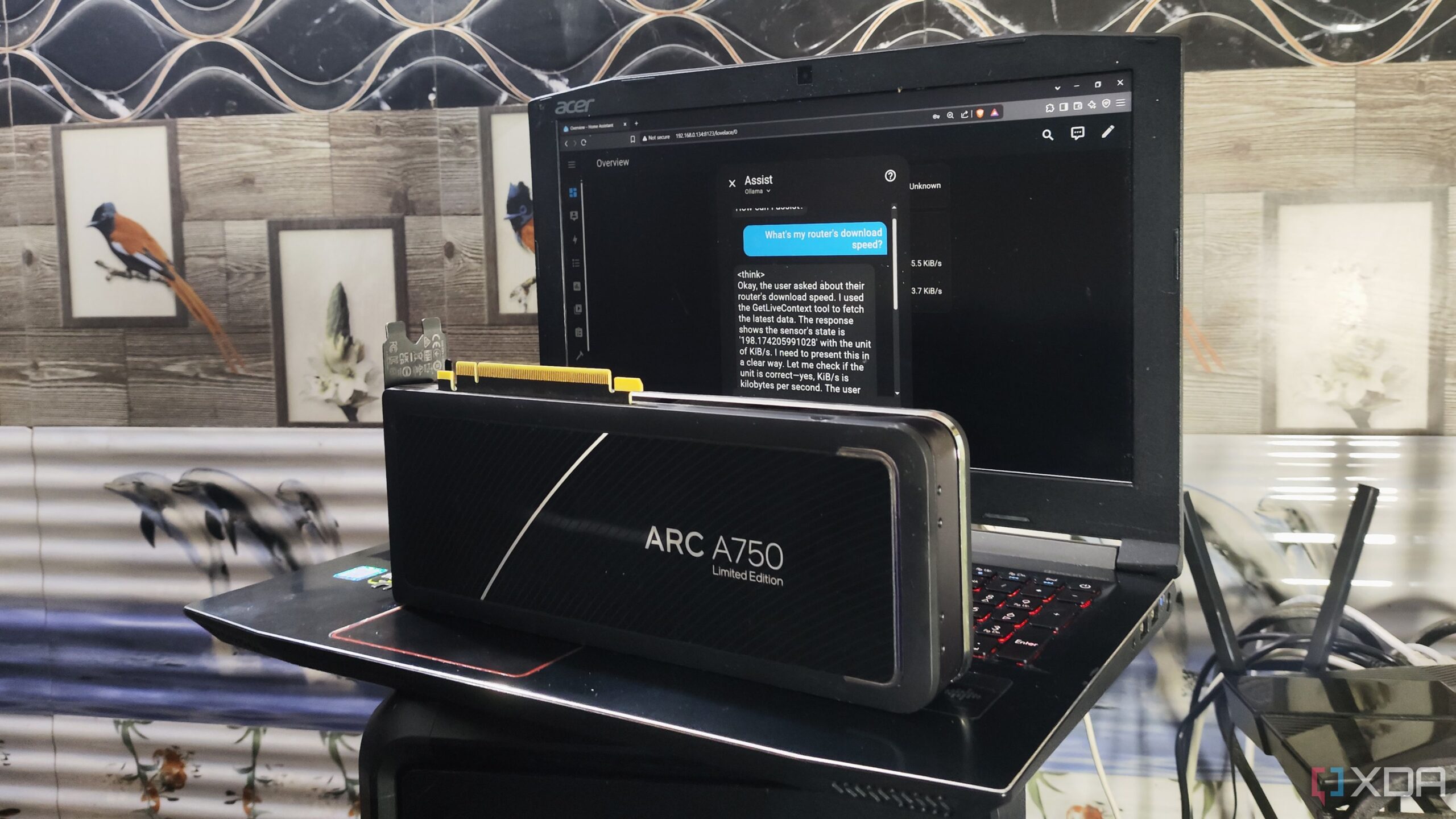URGENT UPDATE: Developers and tech enthusiasts are rapidly adopting Docker containers to harness the power of their GPUs for enhanced processing capabilities. This innovative approach is transforming how users manage resources, making it easier than ever to run multiple applications simultaneously without the performance pitfalls associated with traditional virtual machines.
New reports highlight four standout Docker containers—Ollama, Stable Diffusion, Jellyfin, and Frigate—that are particularly adept at leveraging GPU power. These applications are gaining traction for their ability to deliver high-performance solutions for AI workloads, media management, and surveillance systems.
Ollama is revolutionizing the landscape of language models. This platform allows users to deploy and configure various large language models (LLMs), ranging from lightweight options to those requiring significant processing horsepower. By running Ollama in a Docker container with a GPU, users can significantly enhance their AI capabilities, making it an essential tool for developers looking to optimize performance.
For those interested in AI-generated artwork, Stable Diffusion is another powerful option. This container not only supports a wide array of models but also allows users to upscale low-resolution images, all while utilizing the GPU efficiently. With higher VRAM requirements, it’s perfect for creative professionals aiming for high-quality outputs without the typical constraints.
In the realm of media servers, Jellyfin stands out as a top choice for self-hosting enthusiasts. Unlike its competitors, Jellyfin offers robust transcoding support without hidden costs, making it a favorite among users with diverse media collections. By pairing a Jellyfin container with a GPU, users can alleviate processing loads, ensuring smooth streaming and avoiding frustrating interruptions.
For surveillance and security applications, Frigate is a game-changer. Its ease of setup and compatibility with various devices make it a go-to for home security. With GPU acceleration, Frigate enhances its machine learning capabilities, facilitating advanced motion detection, object tracking, and face recognition—critical features for any modern surveillance system.
But the benefits of GPU-optimized containers don’t stop there. Other applications like Karakeep and Paperless AI are also leveraging the power of LLMs through Ollama to enhance their functionalities. Users can seamlessly tag bookmarks with Karakeep, improving organization, while Paperless AI enhances document management with auto-tagging and advanced search capabilities.
As the tech community embraces these innovative solutions, the demand for effective GPU utilization is clear. Docker containers are not just a trend; they are transforming how developers and users interact with technology, simplifying complex tasks and improving overall efficiency.
With the surge in interest around these tools, experts recommend exploring the potential of pairing your existing hardware with these Docker containers to maximize your productivity. The landscape is changing rapidly, and staying informed on the latest developments in Docker technology is crucial for anyone looking to remain competitive.
Stay tuned for more updates as the world of Docker and GPU integration continues to evolve. The implications for developers, creatives, and everyday users are vast, and the time to embrace these advancements is now.




